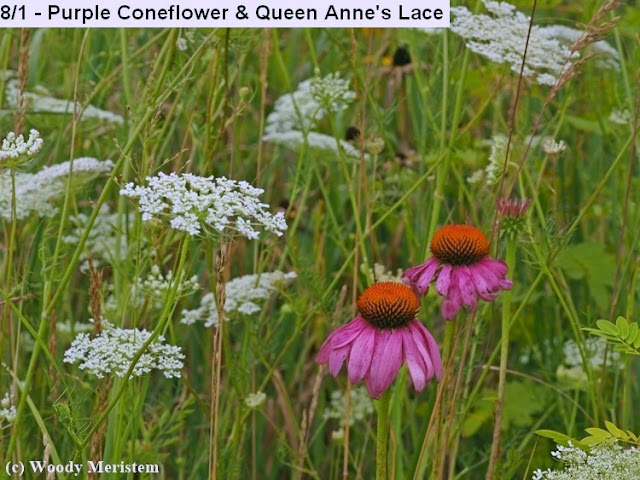On maps it's shown as a bog, but it’s not actually a bog. True bogs
don’t have an inlet or an outlet through which water flows in or out. Bogs receive only rainfall and surface water and are normally quite acidic – and they lose water through
evaporation or the transpiration of the bog’s
plants. Bogs are acidic and low in fertility.
Fens,
on the other hand, receive groundwater and usually have both an inlet
and outlet; since fens’ water is derived from groundwater, they have
more available nutrients than bogs; and although they may be acidic,
fens are often neutral or basic. While bogs are almost always on
level ground, fens are on a slope, although the slope may be extremely
slight.
While bogs are home to an interesting variety of vegetation, fens
frequently have a very rich array of plants, including orchids.
On
a summer day I headed for one of my favorite fens, one that’s not
too far away. I parked at an old logging camp and then headed for
the fen; first through a thin border of tall white pine, then through
thick alders with a groundcover of cinnamon fern where
I sank to my knees in water and muck,
and finally into the open portion of the fen.
In
those photographs you get a glimpse of several of the most interesting
plants in this fen. The tall stalks with the reddish top-knot are the
flowers of northern pitcher plant –
Below
those are the pitcher plant’s leaves: tubular vase-like structures filled
with fluid –
Insects
that enter the “pitchers” are trapped by small downward pointing "hairs"and then dissolved, supplying the
plant with nutrients lacking in the fen.
The
other carnivorous plant in this fen is the tiny round-leaved sundew.
Seeing the sundew requires getting on bent knee, looking closely,
and there it is – a rosette of small round leaves bearing, on short
stalks, droplets of sticky fluid. Insects alighting on the leaves
become trapped in the fluid and the leaf curls around to dissolve the
insect so the plant can acquire its nutrients –
Now
for those spots of pink in the first photo – they’re two species
of native orchids. The taller, bearing the larger flowers is
calopogon, also known as grass pink –
While
calopogon is common in this fen (and is one of my favorite native
orchids) its numbers are eclipsed by the abundance of the smaller
rose pogonia –
.JPG)
Not
in bloom was another plant only found in fens and bogs, the creeping
snowberry. Creeping snowberry is related to blueberry and mountain
laurel but it doesn’t grow taller than an inch or two –
I’d
expected to find each of those plants, what
I didn't expect and was very pleased to find were several small butterflies visiting
the flowers. They turned out to be a species confined to similar
sites, known as the bog copper –
Fens
and bogs, as is true with most wetlands, are fragile ecosystems
vulnerable to the changes in rainfall and temperature resulting from
our changing climate. They’ve also been viewed as mosquito-filled
wastelands suitable for filling or draining. One botanically
important site
I've visited was previously mined for peat and then dammed, inundating most of the area
except for a portion that broke loose and created a floating mat.

%20-%20nymph.JPG)
-standard.JPG)


.JPG)
.JPG)
.JPG)
.JPG)
.JPG)
.JPG)
.JPG)
.JPG)
.JPG)
.JPG)
.JPG)
.JPG)
.JPG)
.JPG)
.JPG)
.JPG)
.JPG)
.JPG)
.JPG)
.JPG)
.jpg)
.JPG)
.JPG)





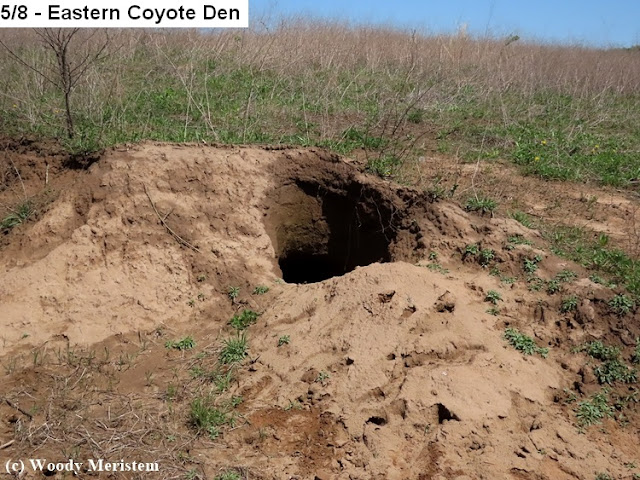



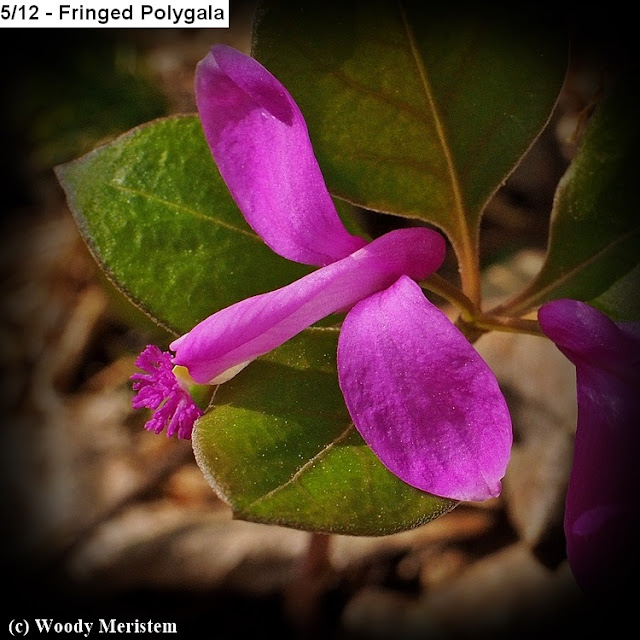

















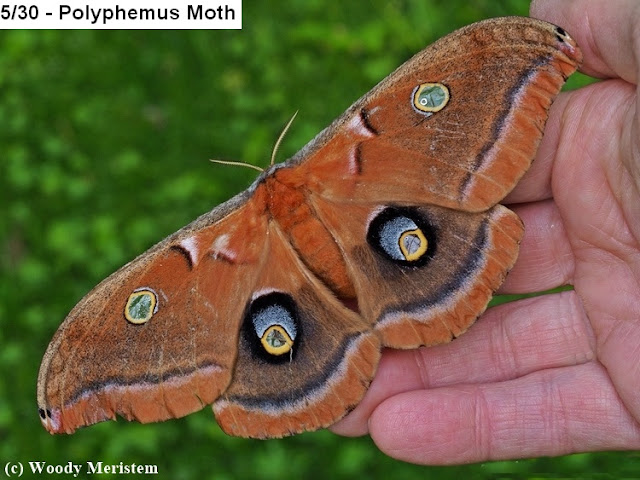


















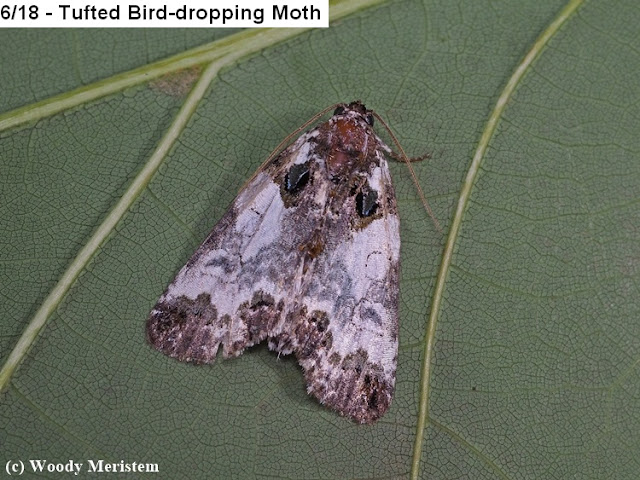













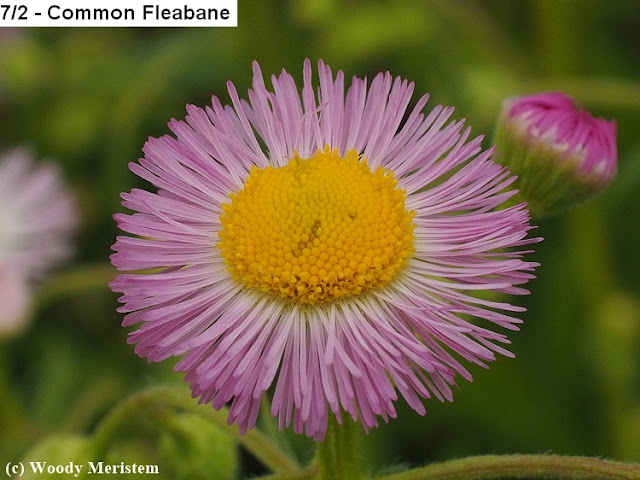




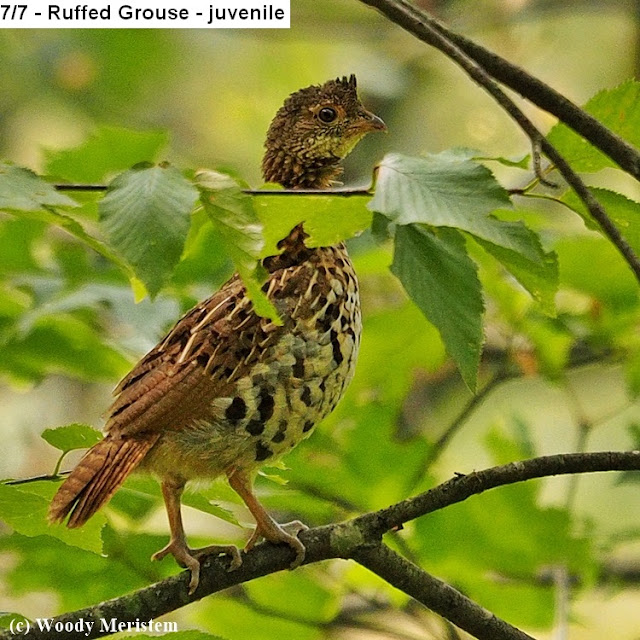














%20tall.JPG)









